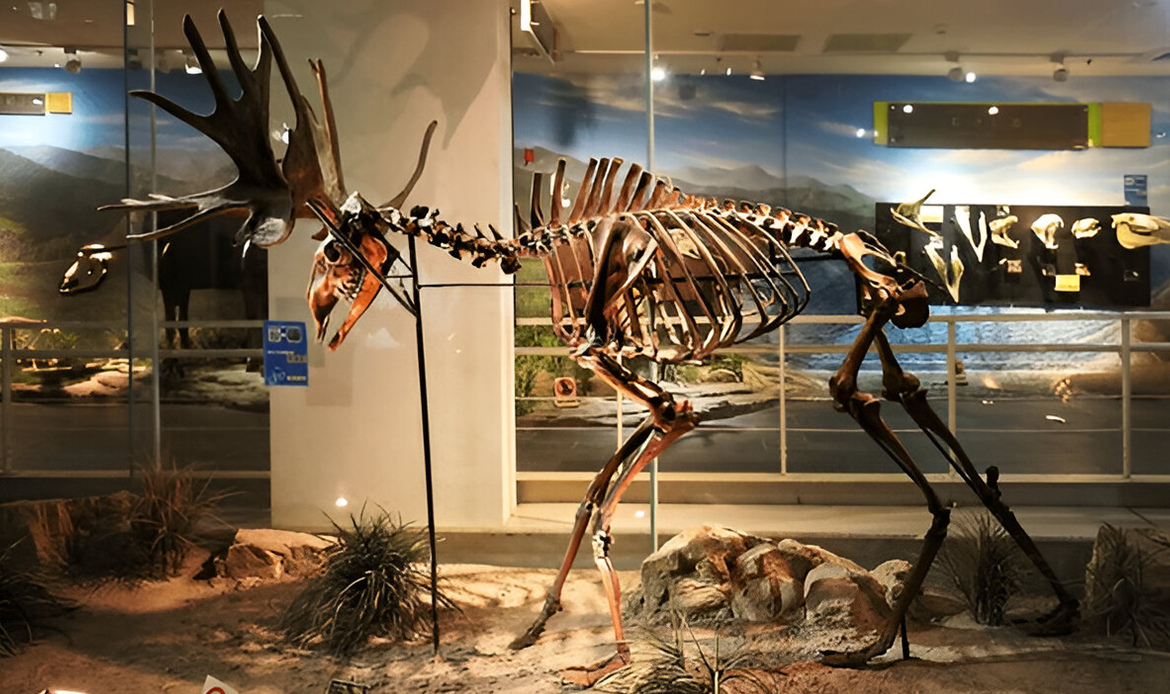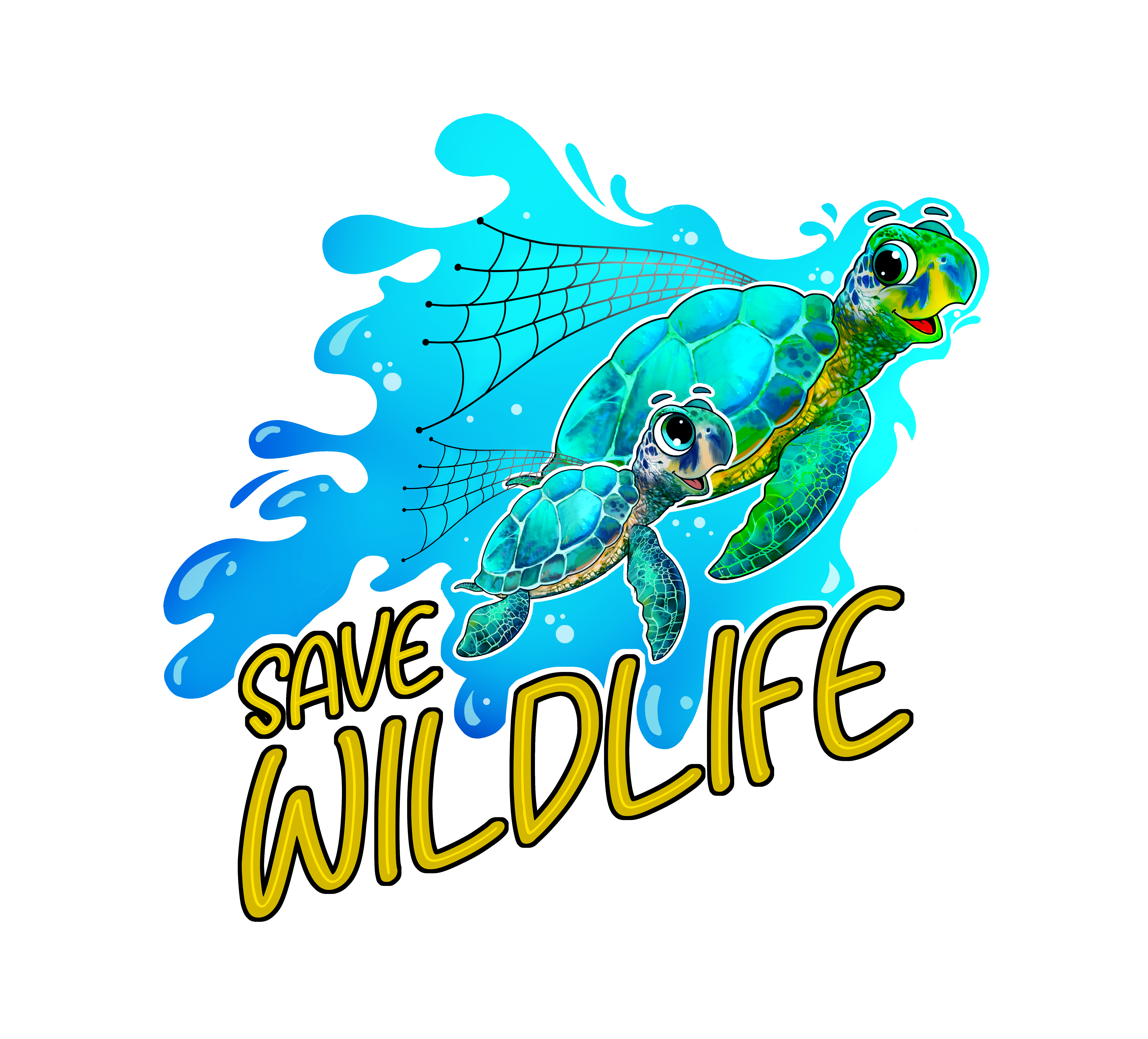
Wildlife Conservation Lessons from the Irish Elk: The Largest Deer in History
Wildlife conservation is typically associated with living species, but sometimes the best insights come from animals we’ve already lost. A great example of this is the Irish Elk (Megaloceros giganteus), one of the most extraordinary Ice Age mammals that no longer exists. The Irish Elk is more than just a glimpse into the past; it’s a remarkable and obvious symbol of strength and fragility. The Irish Elk stood seven feet and boasted antlers that extended up to twelve feet. The ultimate lesson from the Irish Elk’s disappearance is what makes animal extinction awareness and present-day initiatives to protect wildlife so important; if we don’t take action to protect the endangered animals 2025, they risk becoming the lost fossils of tomorrow.
Table of Contents
The Irish Elk: Neither Irish nor Elk
The Irish Elk is often misunderstood because of its name. Fossils were first identified in Ireland, which prompted the label, though the species had originated throughout much of Europe and Asia. Additionally, it was not an elk at all, but rather part of the deer family.
This giant animal lived in open grassland and primarily ate shrubs and plants. Its antlers were some of the largest ever created by any deer species. While magnificent, these antlers may have also been both a blessing and a curse. They assisted a male in attracting mates, but probably also became an encumbrance when foraging for food became scarce and the forests expanded following the Ice Age.
As such, here is the first lesson in wildlife conservation – the aspects of natural beauty and evolutionary advantage can render themselves as a weakness when the environment shifts too quickly.
Why Did the Irish Elk Go Extinct?
The extinction of the Irish Elk was likely due to several overlapping pressures. Climate change reduced the open plains where it grazed, eventually turning them into dense forest, a transition that limited its available food supply and made it hard for the large species to support itself.
At the same time, the Irish Elk suffered from hunting by early humans, compounding the impact of an already declining population. It is this combination of climate change and human impact that led to its extinction.
As we look at endangered animals 2025, from tigers to polar bears, we still see these same threats: habitat loss, changing climates, and human use and exploitation. This is why stories like the Irish Elk must fuel our animal extinction awareness campaigns today.

Wildlife Conservation Lessons from Extinction
The death of the Irish Elk is more than a story of yesterday. It is both a cautionary tale and a call to action today. Here is the most pertinent information we can learn about wildlife conservation:
1. Adaptability Defines Survival
Animals that cannot adapt quickly to environmental changes will go extinct. That is a simple fact and many species are currently experiencing the same challenges.
2. Human Impact Is Irreversible
Hunting, poaching, and habitat loss are still escalating the extinction crisis. We must protect ecosystems to protect wildlife.
3. Advocacy Is a Valuable Resource
Advocating for animal extinction awareness will help the public recognize that extinction is irreversible. The Irish Elk is an example of what cannot be taken back.
4. Conservation Is Better than Restoration
Although de-extinction is being studied by scientists, the best and most realistic method of preserving species is to protect those living animals altogether. Supporting and actively participating in projects that will help wildlife and protect animals is the best way forward.
The Irish Elk and Today’s Endangered Species
The Irish Elk is dead and gone, but its legacy lives on today. Just as forests once replaced grasslands, the world’s heavily protected “green” areas are now disappearing due to habitat loss due to deforestation and climate change.
Large mammals – elephants, rhinos, snow leopards – are facing the same issues. They need large ranges of land that provide enough food and safety from humans’ intent on hunting them. Without solid strategies for global wildlife conservation, they could be on the same path to extinction as the Irish Elk.
The Irish Elk helps us remember that we need to do as much as we can to protect wildlife now. If we save one species today, we will have less suffering and tragedy tomorrow.
How can people help Save Wildlife?
The lessons of the Irish Elk are pointless if we let them pass us by without taking action. Here are some concrete ways you can help to save wildlife in today’s world:
- You can support non-profits and organizations that are involved in conservation project development.
- You should raise animal extinction awareness in your area and online.
- You may volunteer for programs focused on habitat restoration or species rescue.
- You can make intentional lifestyle decisions like reducing plastic consumption and purchasing sustainable products.
Every step is progress. If enough people care, the endangered animals 2025 will not die a similar death as the Irish Elk.
Last Words of Encouragement
The Irish Elk was once a magnificent beast of the Ice Age. It once ruled this world with unspeakable power. Its antlers reached high into the sky, but the cost of survival was not something the species could bear. Today, the Irish Elk’s story carries on as a cautionary tale; we can and should learn from both the past and present, the evidence on behalf of wildlife offsets half the battle itself, with awareness leading to action, which informs modern wildlife conservation.
By combining all of these in science, awareness and action, we can ensure that present species do not wilfully slip away into time if we choose to. The Irish Elk is gone, but the lesson lives on: We must, as a united population, protect wildlife, raise animal extinction awareness and the need for wildlife conservation, and fight to help save wildlife before it’s too late. The future of endangered animals 2025 will depend on what we do today.
FAQs:
Q1: Did the Irish Elk really hold the title of largest deer?
Yes. In height alone, the Irish Elk often exceeded seven feet, with antlers that spanned around twelve feet wide, so it continues to be the largest known deer.
Q2: Is it true that humans were solely responsible for their extinction?
No. Climate change had a huge impact on them and hunting also contributed extra impact.
Q3: What does the Irish Elk teach us today?
It illustrates that no species, regardless of their size and strength, are not impacted by the environment and human impact — it is an important lesson for wildlife conservation.
Q4: Can science bring back the Irish Elk?
Some de-extinction projects are examining that possibility, but for now, the best work we can do is protect wildlife that are currently living.
Q5: How can people support animal extinction awareness?
Donate to support education, nonprofit organizations, community programs, and make small lifestyle changes, all of which will help save wildlife collectively.
